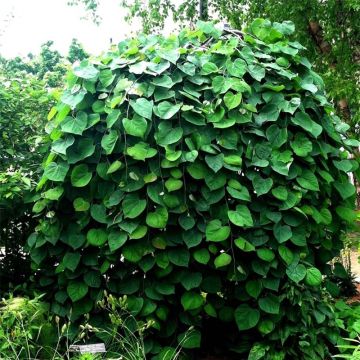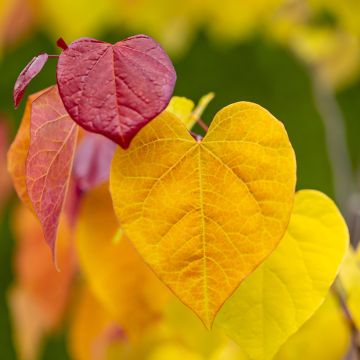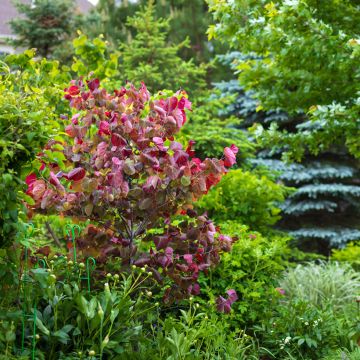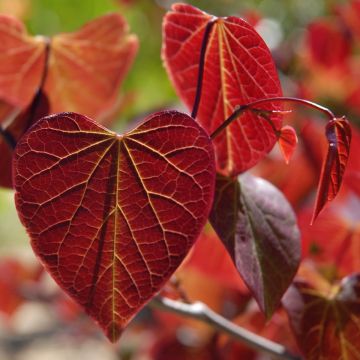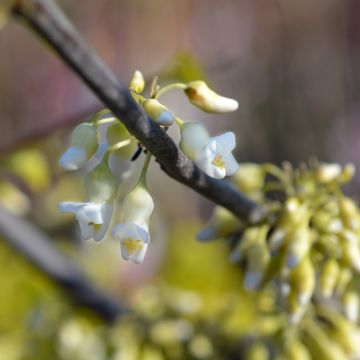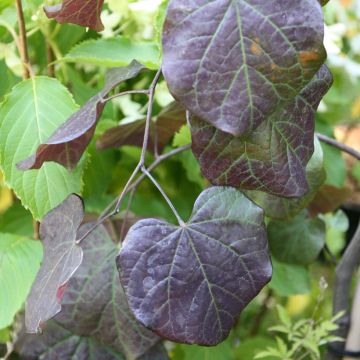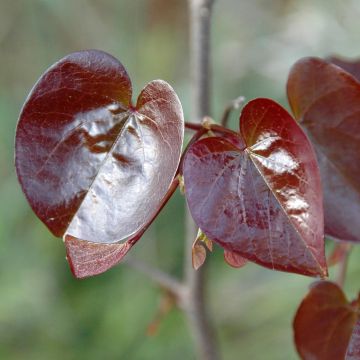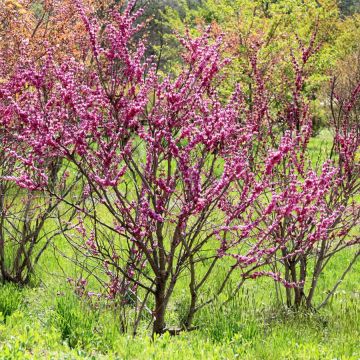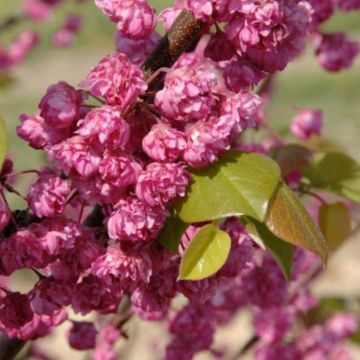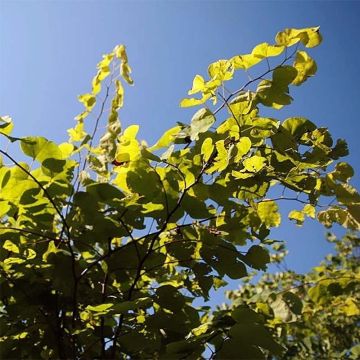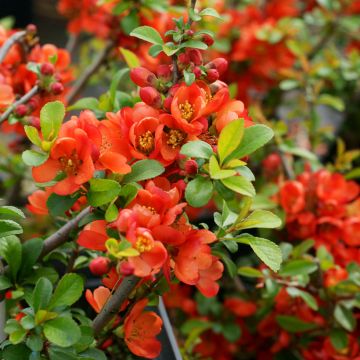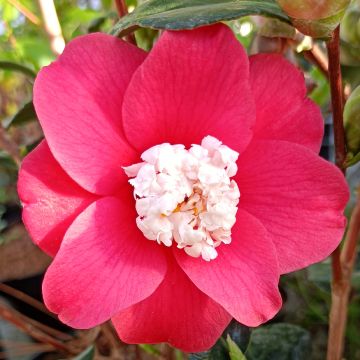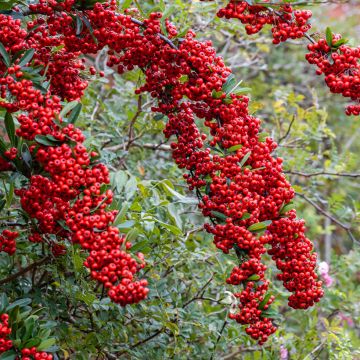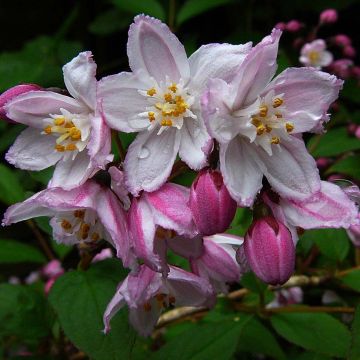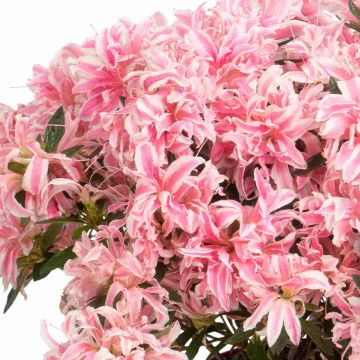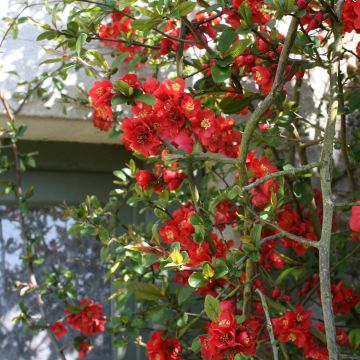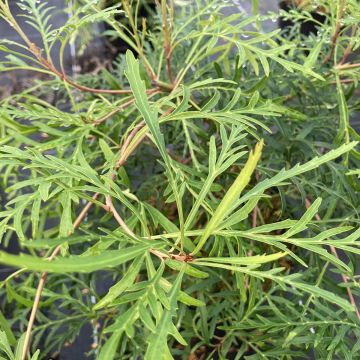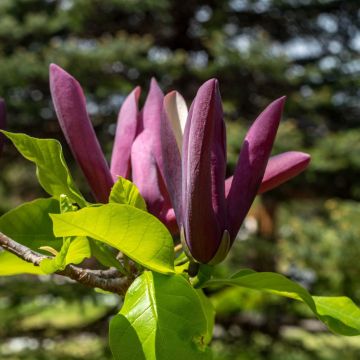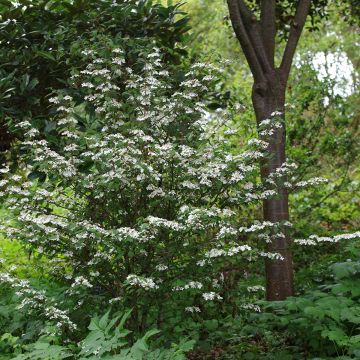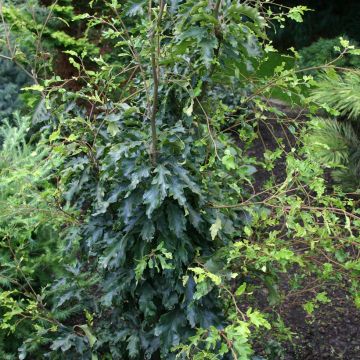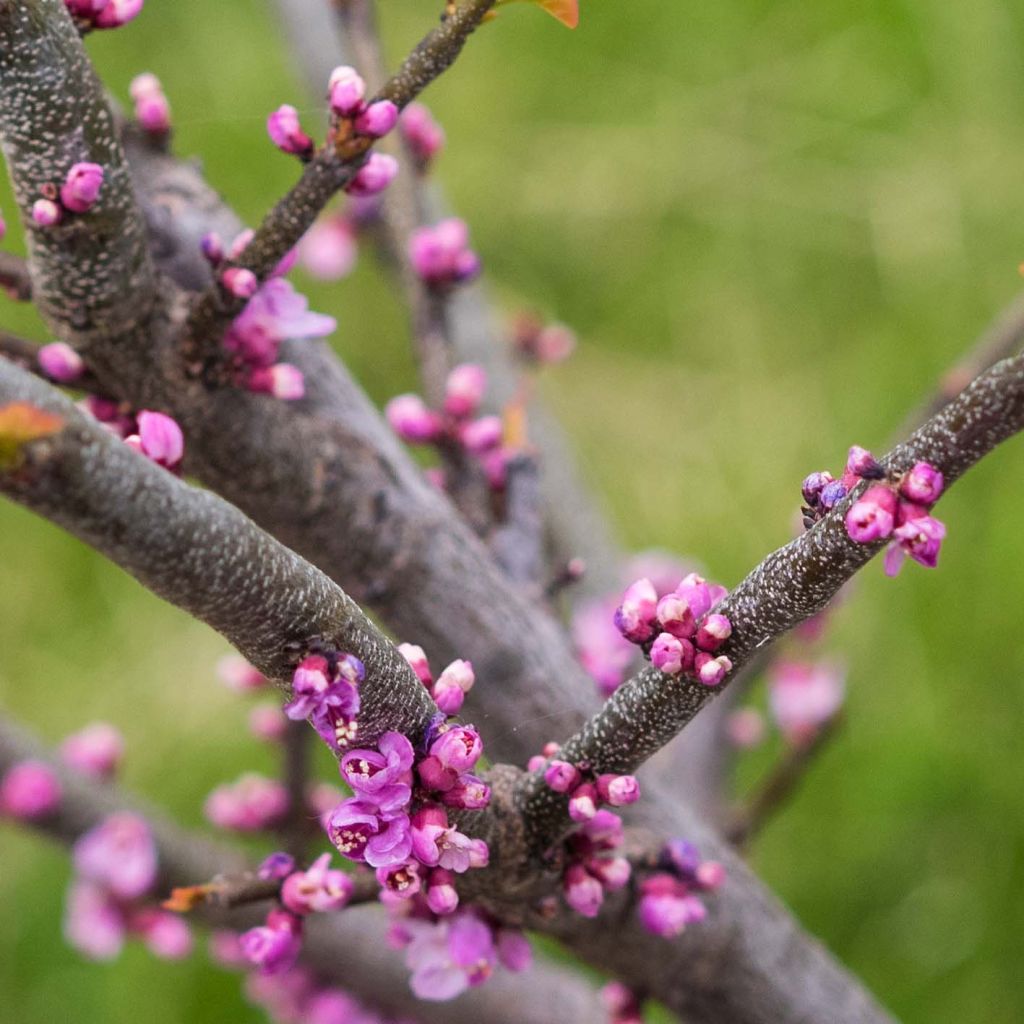

Cercis canadensis Little Woody - Eastern Redbud
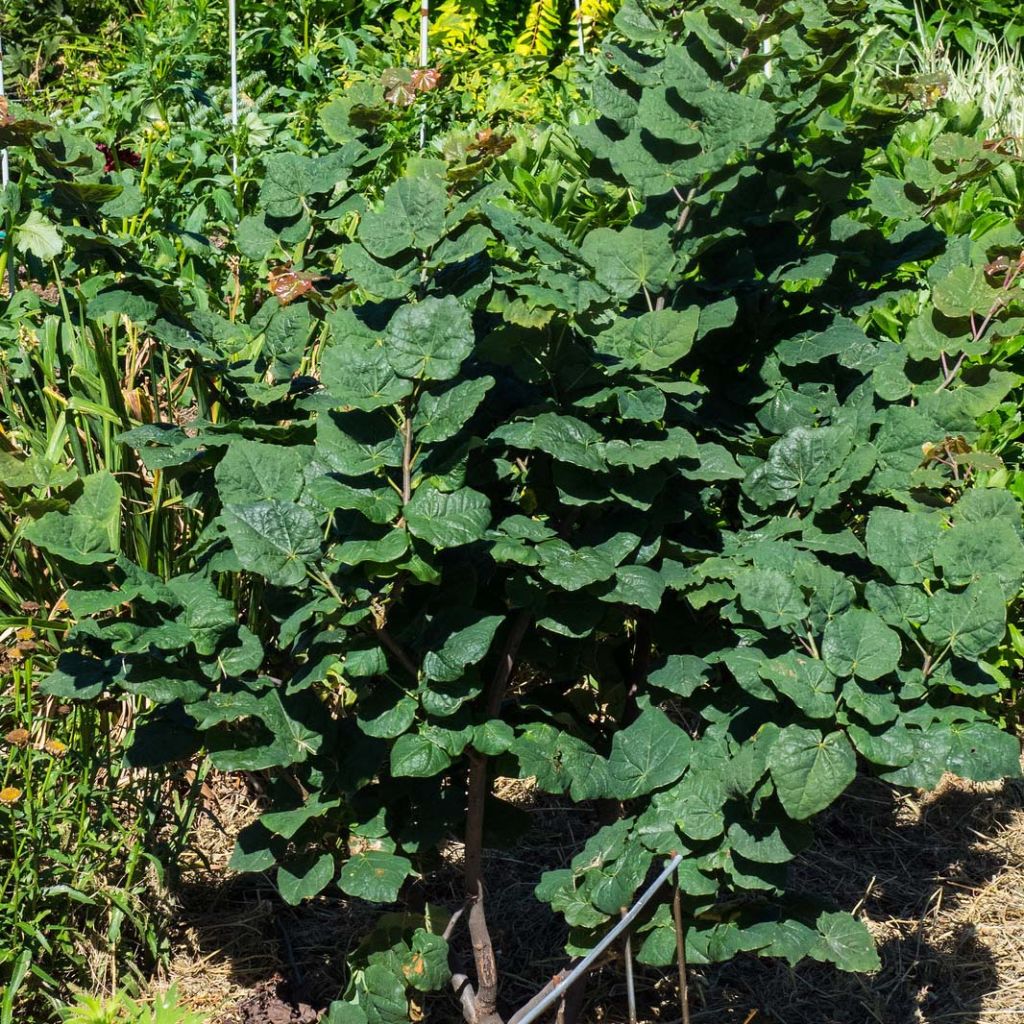

Cercis canadensis Little Woody - Eastern Redbud
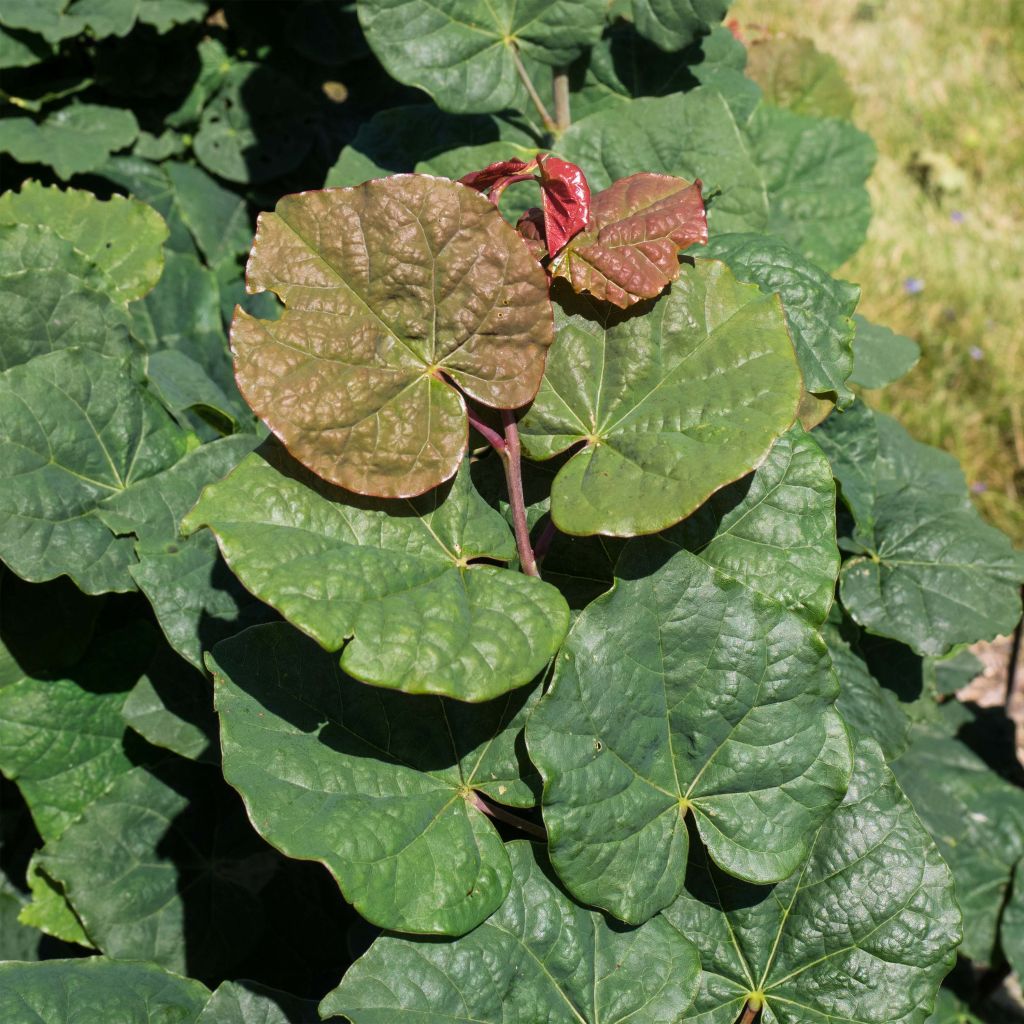

Cercis canadensis Little Woody - Eastern Redbud
Cercis canadensis Little Woody - Eastern Redbud
Cercis canadensis Little Woody
Eastern Redbud, Canadian Redbud, American Redbud, Judas Tree
This item cannot be shipped to the selected country
Delivery charge from €5.90
Delivery charge from €5.90
Delivery to Corse prohibited
More information
Schedule delivery date,
and select date in basket
This plant carries a 24 months recovery warranty
More information
We guarantee the quality of our plants for a full growing cycle, and will replace at our expense any plant that fails to recover under normal climatic and planting conditions.
From €5.90 for pickup delivery and €6.90 for home delivery
Express home delivery from €8.90.
From €5.90 for pickup delivery and €6.90 for home delivery
Express home delivery from €8.90.
Delivery to Corse prohibited: UE law prohibits the import of this plant from mainland France to Corse as part of the fight against Xylella fastidiosa. Please accept our sincere apologies.
More information

Does this plant fit my garden?
Set up your Plantfit profile →
Description
The Cercis canadensis Little Woody, commonly called the Canadian Redbud, is the most compact of its species. It grows up to 2 metres (6 feet 7 inches) in height and spread, and its dense foliage makes it an ideal bush for greening a small garden, terrace, or balcony. It has a very characteristic flared shape. Like all Canadian Redbuds, it has an abundant flowering in spring. The branches and trunk, still bare, are then covered with a profusion of small pink-violet flowers gathered in clusters. Derived from an American breeding, the Cercis Canadensis Little Woody is a very hardy subject capable of withstanding temperatures as low as -20°.
The Cercis canadensis is a tree native to the eastern and central United States, belonging to the vast Legume family. It can reach 12m (39 ft 5 in) in height in its natural habitat, but rarely exceeds 4 to 7m (13 ft 1 in to 23 ft) in cultivation. It forms a twisted tree, branching near the ground, often wider than tall. The Canadian Redbud has given rise to numerous varieties with different habits, flower colours, and foliage.
Cercis canadensis Little Woody is the result of an American breeding that was first cultivated in 2000. A small bush with an upright vase-shaped growth habit, this dwarf Canadian Redbud has a compact and dense habit. It forms a generous, well-branched bush, carried by a short trunk. it is suitable for any small garden and even on a terrace as it does not exceed 2 metres (6 feet 7 inches) in height and spread once mature. The conical silhouette is not the only asset of this little Redbud: In April and May, before the foliage appears, it is adorned with a multitude of pink-purple flowers gathered in clusters that bloom directly on the branches and even on the trunk. This magnificent flowering is followed by pod-like fruits. The flowers then give way to heart-shaped foliage, initially red-purple and then dark green in summer. The Little Woody variety is characterised by its wavy leaves, which gives the plant an additional uniqueness. The interest of this small bush continues until autumn, when its foliage ignites in shimmering colours ranging from golden yellow.
The Cercis canadensis naturally grows on the edge of woods and even within deciduous forests. It appreciates fresh, rich, well-drained soils and sunny or semi-shaded locations. When well established, it can withstand relatively long periods of drought. Its great hardiness allows it to withstand strong frosts up to -20°. It also has excellent pollution resistance and can easily be grown in an urban garden. Plant your 'Little Woody' Canadian Redbud in a deep hole lined with clay balls or gravel. Not demanding, it accepts all types of soils, whether they are chalky or acidic. In hot areas, water it frequently during the growing season, especially if planted in a pot. It is an easy-to-grow bush that will display all its beauty if it has benefited from good planting conditions.
If you're looking for a small tree to plant, consider the Canadian Redbud. It's just the right size for small spaces. While it might not be suitable for planting alone, it can add a touch of elegance to borders or hedges. Pair it with a Pomegranate or an 'Alba Plena' Flowering Cherry to create a stunning display in the spring. You can even grow it in a container to add greenery and flowers to your balcony or terrace.
Report an error about the product description
Cercis canadensis Little Woody - Eastern Redbud in pictures
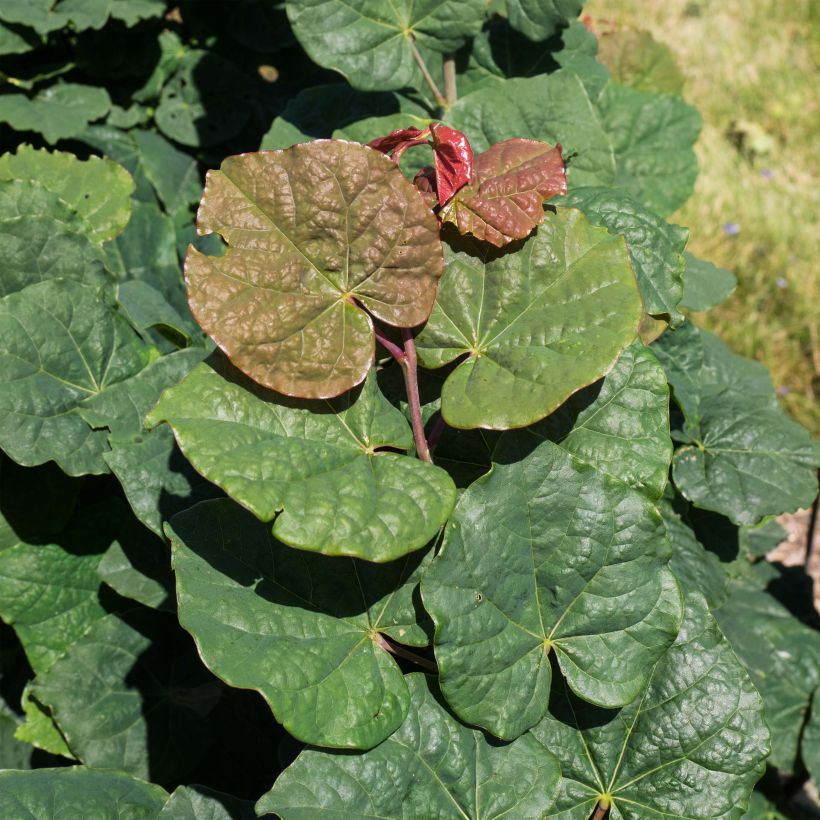

Plant habit
Flowering
Foliage
Botanical data
Cercis
canadensis
Little Woody
Fabaceae
Eastern Redbud, Canadian Redbud, American Redbud, Judas Tree
Cultivar or hybrid
Other Cercis
Planting and care
The Cercis Canadensis Little Woody plant prefers warm and sunny spots but can grow in partial shade, too.
If planting in the ground, ensure the bed is deep and lined with clay balls or gravel to help drainage. The plant can grow well in ordinary soil, even slightly chalky. Water it regularly during the growing season for the first three years after planting. Once the plant is established, it can withstand dry periods.
This small Canadian Redbud plant thrives in moist and well-drained soil when grown in a large container. To achieve this, line the bottom of the pot with clay balls, coarse sand or gravel and fill it with a mixture of enriched potting soil and topsoil. Water it regularly in the summer and let the soil dry between waterings.
This plant is easy to care for and requires no special attention. You can prune it at the end of winter to remove dead wood and, after flowering, to shorten invasive branches. It's resistant to diseases and hardy, making it a straightforward plant to grow.
Planting period
Intended location
Care
-
, onOrder confirmed
Reply from on Promesse de fleurs
Spring-flowering shrubs
Haven't found what you were looking for?
Hardiness is the lowest winter temperature a plant can endure without suffering serious damage or even dying. However, hardiness is affected by location (a sheltered area, such as a patio), protection (winter cover) and soil type (hardiness is improved by well-drained soil).

Photo Sharing Terms & Conditions
In order to encourage gardeners to interact and share their experiences, Promesse de fleurs offers various media enabling content to be uploaded onto its Site - in particular via the ‘Photo sharing’ module.
The User agrees to refrain from:
- Posting any content that is illegal, prejudicial, insulting, racist, inciteful to hatred, revisionist, contrary to public decency, that infringes on privacy or on the privacy rights of third parties, in particular the publicity rights of persons and goods, intellectual property rights, or the right to privacy.
- Submitting content on behalf of a third party;
- Impersonate the identity of a third party and/or publish any personal information about a third party;
In general, the User undertakes to refrain from any unethical behaviour.
All Content (in particular text, comments, files, images, photos, videos, creative works, etc.), which may be subject to property or intellectual property rights, image or other private rights, shall remain the property of the User, subject to the limited rights granted by the terms of the licence granted by Promesse de fleurs as stated below. Users are at liberty to publish or not to publish such Content on the Site, notably via the ‘Photo Sharing’ facility, and accept that this Content shall be made public and freely accessible, notably on the Internet.
Users further acknowledge, undertake to have ,and guarantee that they hold all necessary rights and permissions to publish such material on the Site, in particular with regard to the legislation in force pertaining to any privacy, property, intellectual property, image, or contractual rights, or rights of any other nature. By publishing such Content on the Site, Users acknowledge accepting full liability as publishers of the Content within the meaning of the law, and grant Promesse de fleurs, free of charge, an inclusive, worldwide licence for the said Content for the entire duration of its publication, including all reproduction, representation, up/downloading, displaying, performing, transmission, and storage rights.
Users also grant permission for their name to be linked to the Content and accept that this link may not always be made available.
By engaging in posting material, Users consent to their Content becoming automatically accessible on the Internet, in particular on other sites and/or blogs and/or web pages of the Promesse de fleurs site, including in particular social pages and the Promesse de fleurs catalogue.
Users may secure the removal of entrusted content free of charge by issuing a simple request via our contact form.
The flowering period indicated on our website applies to countries and regions located in USDA zone 8 (France, the United Kingdom, Ireland, the Netherlands, etc.)
It will vary according to where you live:
- In zones 9 to 10 (Italy, Spain, Greece, etc.), flowering will occur about 2 to 4 weeks earlier.
- In zones 6 to 7 (Germany, Poland, Slovenia, and lower mountainous regions), flowering will be delayed by 2 to 3 weeks.
- In zone 5 (Central Europe, Scandinavia), blooming will be delayed by 3 to 5 weeks.
In temperate climates, pruning of spring-flowering shrubs (forsythia, spireas, etc.) should be done just after flowering.
Pruning of summer-flowering shrubs (Indian Lilac, Perovskia, etc.) can be done in winter or spring.
In cold regions as well as with frost-sensitive plants, avoid pruning too early when severe frosts may still occur.
The planting period indicated on our website applies to countries and regions located in USDA zone 8 (France, United Kingdom, Ireland, Netherlands).
It will vary according to where you live:
- In Mediterranean zones (Marseille, Madrid, Milan, etc.), autumn and winter are the best planting periods.
- In continental zones (Strasbourg, Munich, Vienna, etc.), delay planting by 2 to 3 weeks in spring and bring it forward by 2 to 4 weeks in autumn.
- In mountainous regions (the Alps, Pyrenees, Carpathians, etc.), it is best to plant in late spring (May-June) or late summer (August-September).
The harvesting period indicated on our website applies to countries and regions in USDA zone 8 (France, England, Ireland, the Netherlands).
In colder areas (Scandinavia, Poland, Austria...) fruit and vegetable harvests are likely to be delayed by 3-4 weeks.
In warmer areas (Italy, Spain, Greece, etc.), harvesting will probably take place earlier, depending on weather conditions.
The sowing periods indicated on our website apply to countries and regions within USDA Zone 8 (France, UK, Ireland, Netherlands).
In colder areas (Scandinavia, Poland, Austria...), delay any outdoor sowing by 3-4 weeks, or sow under glass.
In warmer climes (Italy, Spain, Greece, etc.), bring outdoor sowing forward by a few weeks.

































